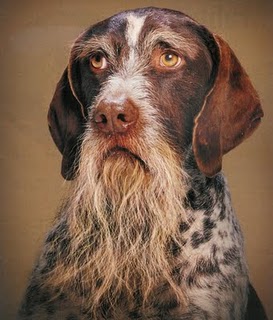Let’s make something clear before we start: “Age is not a disease”. Dogs of a certain age can and should be physically active, albeit adapted to their characteristics.
These characteristics range from age (obviously a puppy does not have the same characteristics as a 16 year old dog), breed, sex… but also include modifiable aspects such as physical condition, the dog’s character, orthopedic, rheumatologic or neurological diseases, general health condition (aspects of internal medicine), etc...
Dogs should be physically active throughout their whole life:
- Puppies should run, jump, play with other dogs, run up hills, jump over obstacles (unless our vet advises us against any of these activities due to joint problems, such as hip dysplasia).
- Adult dogs over 2 years old can practice canine sports or accompany their owner while cycling, in the mountains, or jogging...
- For large-breed dogs: German Shepard, Golden, Labrador… after 9-10 years old we should start to control their physical activity, but never eliminate it.

If we notice any mild limping or premature fatigue it is a good idea to get an X-ray done, which will enable us to receive close veterinary monitoring, make an early diagnosis and will also provide us with a “reference” X-ray to compare with later on if we see possible changes or if we encounter any problems. Sometimes dogs stop during their walks or runs due to joint problems and we can confuse this stopping with fatigue, wrongly attributing the rejection of the long walk to physical fatigue or an internal disease, instead of joint pain.
There are various technical supports on the market: elbow, knee, shoulder, carpus and tarsal orthotics… which we can use in older dogs to improve the condition of their joints and enable them to continue being physically active and comfortable at the same time. It is also very common to use joint protectors and anti-inflammatories in geriatric animals to slow down osteoarthritis and control the pain this causes them. On the other hand, it is important that their bed for resting allows for an equal distribution of their weight and reduces the pressure exerted on the joints: we will notice the difference when they get up in the mornings.
If we see a “slump” in the physical performance of our dog or the level of physical activity, it is advisable to consult with your vet and to not just directly associate it with old age, since there are many things that can be done to improve joint condition and adapt the physical activity, which is going to contribute towards improving the overall health and, in particular, the mood of your dog.

